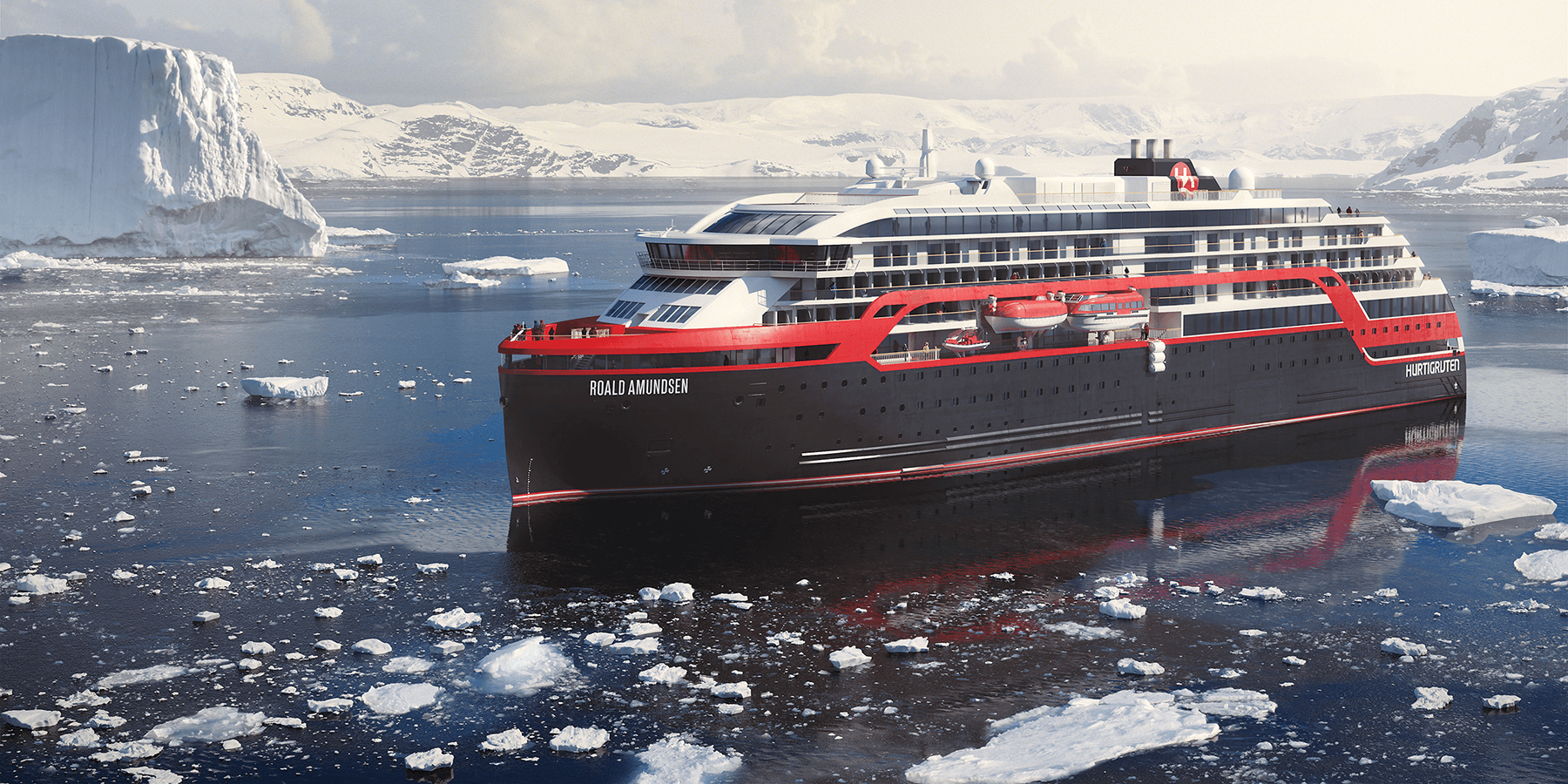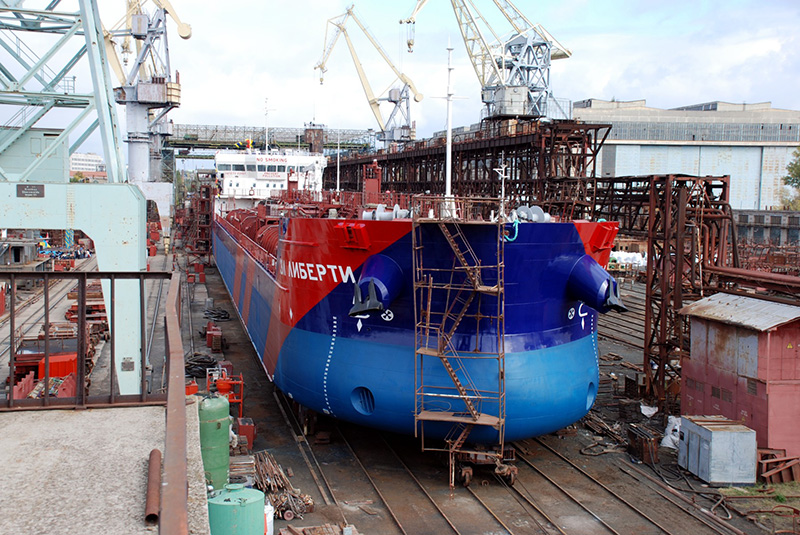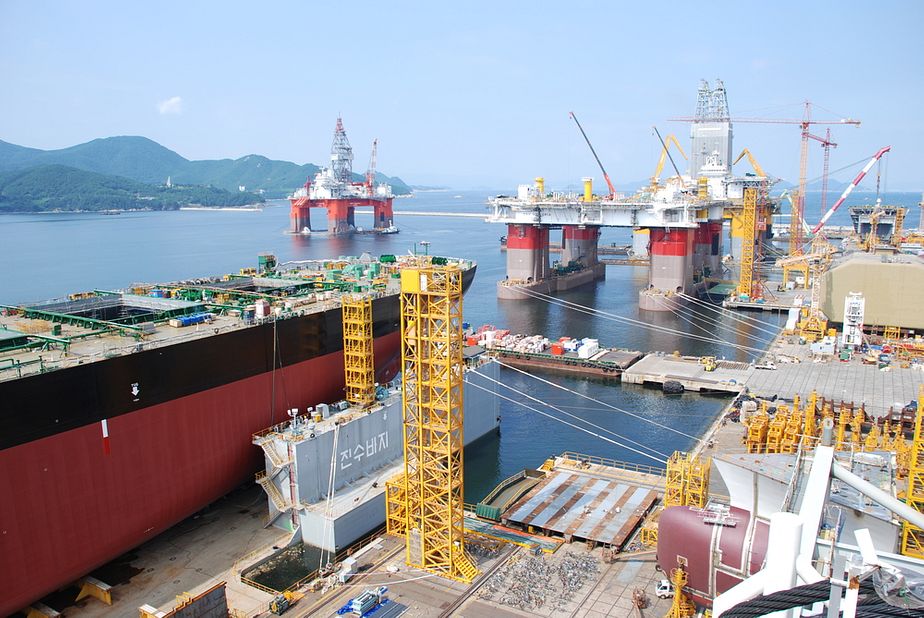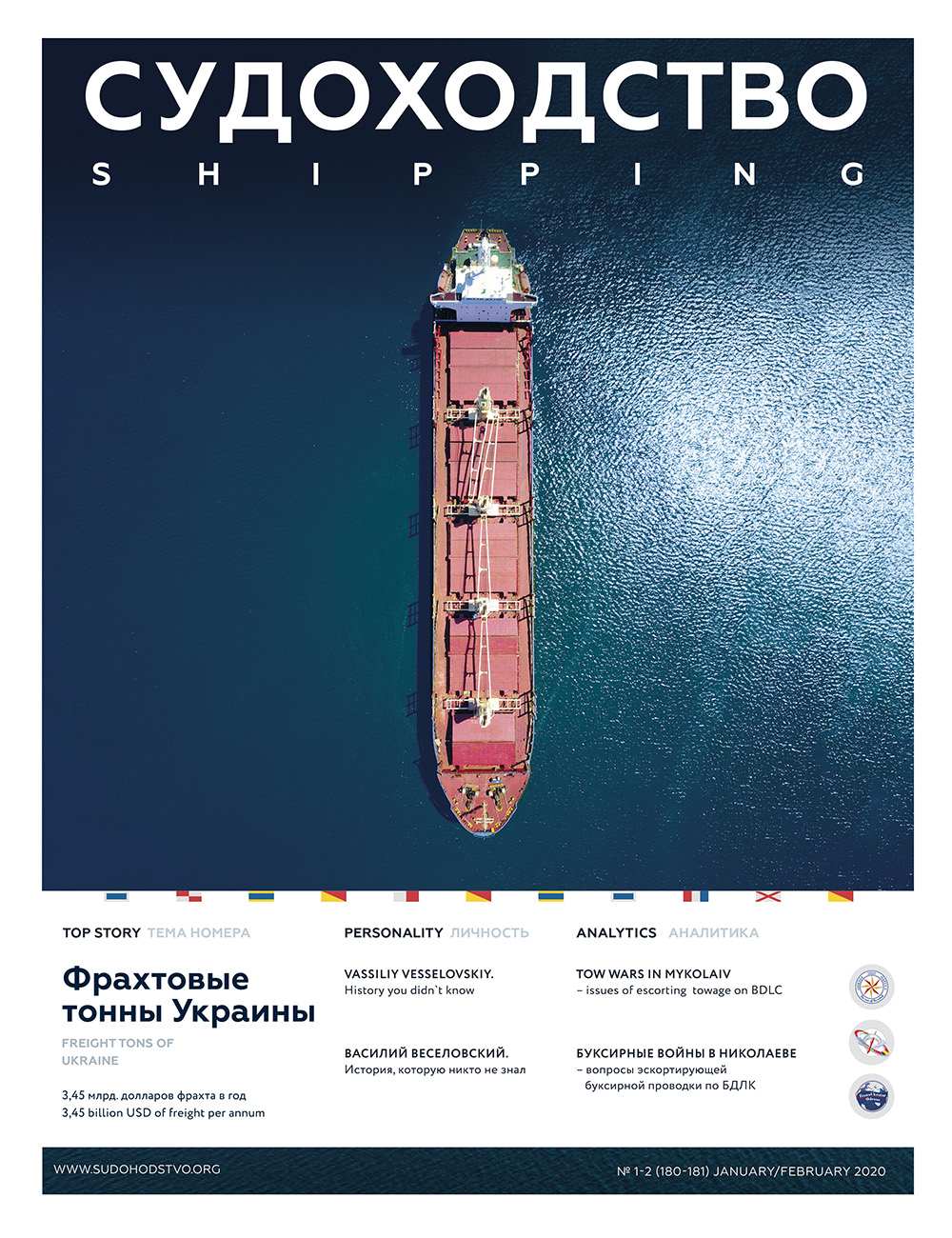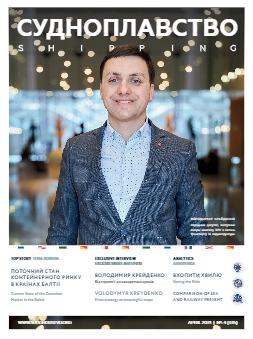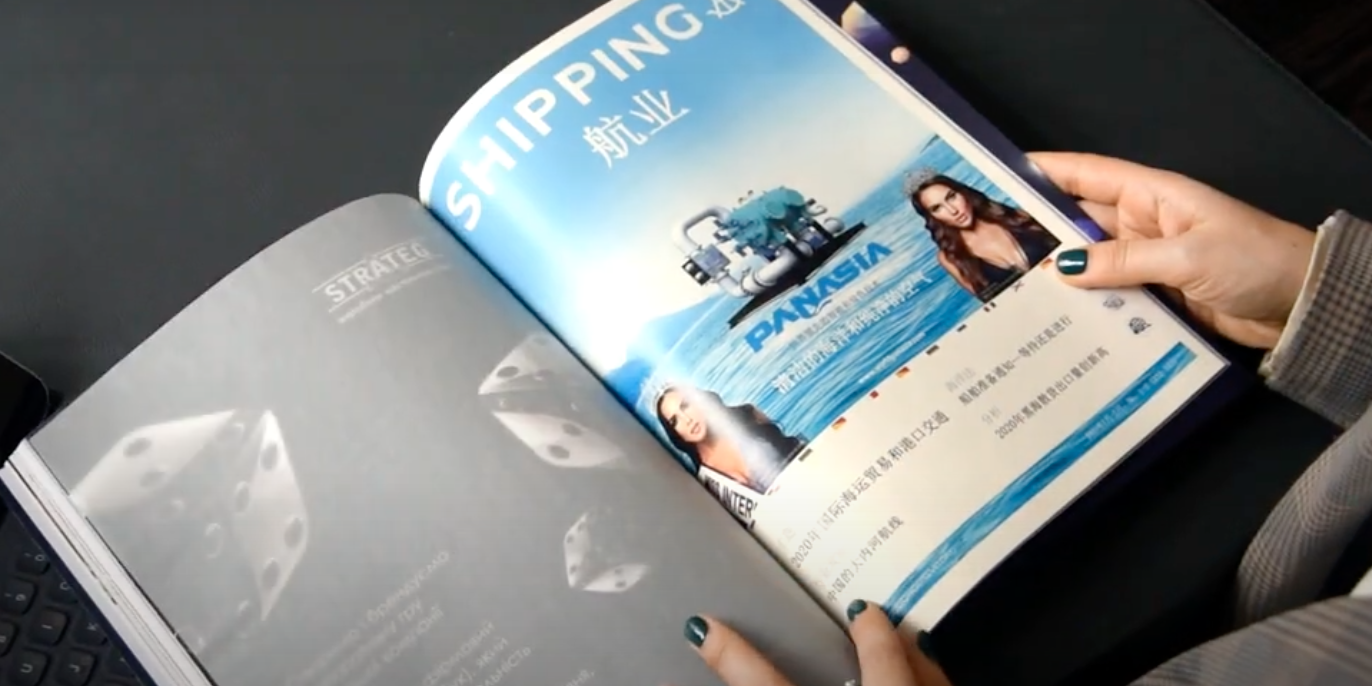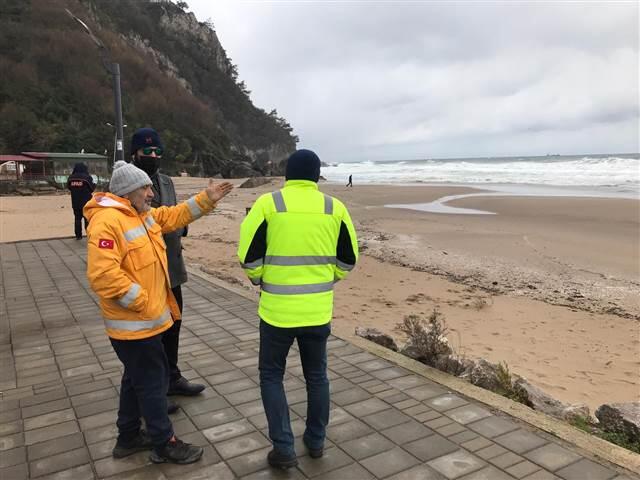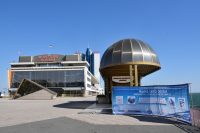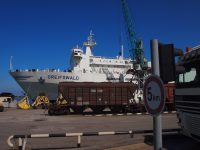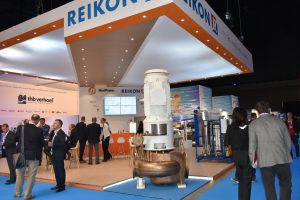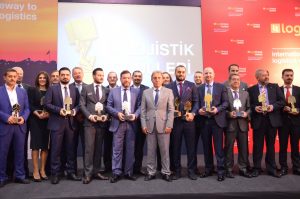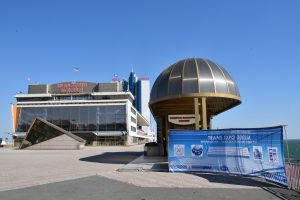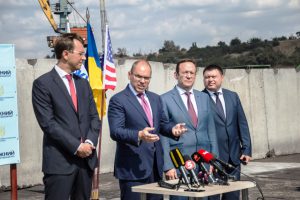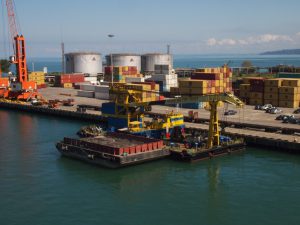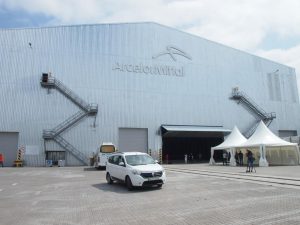Larisa Yeroshkina
Shipping
Traditionally, researchers used to judge about the Black Sea environmental health depending on pollutants concentration in water. However, after the EU adopted Marine Strategy Framework Directive, the state of all its inhabitants became key indicator of the sea status. Under the Association Agreement with the EU, Ukraine should also comply with the Directive requirements.
Due to the EMBLAS Project implemented in Ukraine with support from the European Union and the UNDP, full-scale environmental monitoring of the Black Sea became possible for the first time. In his interview to the Shipping Magazine Victor Comorin, Director of the Research Institution «Ukrainian Scientific Centre of the Ecology of Sea» (UkrSCES) described the results of two Project phases, the tasks of the third phase and how the studies conducted are to help the sea out of the critical state.
Improving of Environmental Monitoring in the Black Sea (EMBLAS) International Project started in Ukraine in 2013. During implementation of the two previous phases of the Project (2013-2018) researchers studied the level of the sea pollution, its self-purification capacity, the situation with dolphins population, the state of Zernov’s Phyllophora field, new flora and fauna species.
At present, the third phase of the Project, EMBLAS-Plus, is being implemented. The studies will continue until the year 2020 and the data collected will form the basis for Marine Strategy of Ukraine.
– Victor, could you tell us please why EMBLAS is a unique project?
– First of all, I would like to point out that the project aims at monitoring improvement all over the Black Sea region. It is not about one particular country – Ukraine, Georgia, Bulgaria, Romania or Turkey, it is about the countries resolving together the environmental problems of the Black Sea in general.
Due to historical reasons, every country has its own methodological system of monitoring. Hence, combining of data collected using different methods becomes sometimes a very difficult task, as to do this the results received should be compatible. The projects like the EMBLAS serve this purpose.
Monitoring of the entire Black Sea envisages that the countries will build a common monitoring system based on a common methodology.
Speaking about the sea monitoring system we shall be guided in the first place by the rules existing in the EU. The main European document is the EU Marine Strategy Framework Directive describing what this system should look like. The point is marine environmental quality management, while monitoring is just one of the constituents of this system.
– Does the system have any specific algorithm?
– There is a special procedure to build an effective monitoring system. However, to begin with we have to perform an initial assessment of marine ecosystem status, i.e. to assess what is the state of this ecosystem today. This could be done based on the 11 descriptors, which characterize in full the state of marine ecosystem and all the natural and anthropogenic factors influencing it. I mean, this is both the environment itself (e.g., how much is the environment polluted with toxic substances or overloaded with nutrients) and the state of biological communities inhabiting the sea. Those are such living organisms as phytoplankton, zooplankton, dolphins, fish and birds – all the constituents of the ecosystem. By the way, before the dolphins were studied in Ukraine only under certain research projects with the purpose to assess their populations in different habitats. No studies of dolphins in the Black Sea were systematic from the viewpoint of ecology. All this is in line with the parameters and indicators depicted in the descriptors.
Due to the EMBLAS Project, we received characteristics of the ecosystem on 8 descriptors out of 11, including biocoenoses in water column, bottom biocoenoses, pollution with toxic substances. I would like to point out separately the newest monitoring methods, such as DNA dissolved in water and metagenomic analysis. Imagine that you have a possibility to identify any living organism having visited the place a couple of days before your arrival.
– What rare flora and fauna representatives have been registered?
– Having found eggs of certain fish species enlisted in Red Data Book, that have not been spotted in the past 20 years, we found out that single individuals of those species were still there.
Besides, during one of the surveys in the northwestern Black Sea shelf area we found a scallop. Before, they failed to find scallops in Romania and Bulgaria.
– What was the total area covered by the studies during two first phases of the Project implementation?
– About 1200 nautical miles altogether. We managed to perform analysis of pollution with toxic substances in the water area from Odessa to Batumi, across the entire Black Sea, on different parameters and including the deepest sea areas. There had never before been such a large-scale assessment of the Black Sea and such an integrated study done.
– What serious problems of the Black Sea have been revealed?
– Here I would mention eutrophication of the Black Sea resulting from oversaturation with nutrients. Zones of hypoxia and anoxia form in the water in late summer and early autumn, which is also connected with high level of eutrophication. The processes leading to lack of oxygen in the bottom water layer of the Black Sea shelf finally produce adverse effect on the state of the whole sea. Such organisms as dab, goby, mussels etc. live in the bottom layer. Lack of oxygen can entail their deaths. This is how the entire mussel grounds died out as the result of eutrophication in the northwestern Black Sea shelf. This is a serious problem.
The next problem is toxic pollution. Many substances had emerged whose origin is difficult to identify. In total, we found around 3000 of such substances. It is obvious that all of them are of anthropogenic origin. It is quite possible that they arrived at the sea with coastal discharges or river flow. The Danube River discharge for example carries big amount of toxic substances. By the way, those are not only well-known pollutants like oil hydrocarbons, chlorinated hydrocarbons or toxic metals, but also the substances quite unexpected in marine water like pharmaceutical products. In particular, in Odessa Bay quite a large quantity of aspirin was found.
Microplastic is also worth mentioning, we found it in significant quantity, as well as big congestions of floating litter in the central part of the sea.
– One of significant natural objects in the Black Sea is the Zernov’s Big Phyllophora Field. What is its status now?
– Zernov’s Phyllophora Field is characterized by thickets of phyllophora alga. Some 100 years ago, ships were bypassing the area as seaweeds were halting their propellers. Unfortunately, now we have much less phyllophora there.
We consider this alga as one of the ecosystem elements due to which the ecosystem of the area can stay healthy. Some 20 years ago academician Yuvenaliy Zaitsev called phyllophora «lungs of the sea» as it generated oxygen in the bottom layers thus helping to avoid eutrophication. This is one of important ecosystem features, due to which organisms can breathe, feed, develop and reproduce in the bottom water layer of the shelf.
In the framework of the EMBLAS Project we have established that the phyllophora field began to restore in the past 5 years, however this object is still in bad shape.
– How do the ballast waters influence the Black Sea ecosystem?
– Adversely, and in the first instance I have to mention the problem of alien species. For example, in the 1990tha predatory comb-jelly Mnemiopsis arrived in the Black Sea brought by vessels. At that time, the jelly became so numerous that undermined the food stock (plankton) and respectively commercial fish species stock.
Similar problems exist in Australia, the USA, Africa and other maritime countries that have been using different ways to fight the alien species. No cardinal method has been invented to combat the foreign species, however there are preventive methods helping to bring down the risk of carrying alien species from one part of the World to another.
The problem of Mnemiopsis comb-jelly in Ukraine was minimized the natural way: another alien species was brought by ships, which happened to be the natural enemy for Mnemiopsis.
– The third phase of theEMBLAS Project is being implemented now. How long will it last and what plans will be fulfilled?
– The third phase of the Project will last approximately 1.5 years. During this period, we plan to apply the methodologies polished before in the sphere of marine environment monitoring.
We also plan to start under the EMBLAS work on the descriptors, which have never been used in previous projects: noise monitoring; litter monitoring, including microplastic; special monitoring of dolphins.
– It is a large-scale project. How will the data collected be used?
– Upon completion of the Project Marine Strategy of Ukraine will be developed, it shall cover not only the Black Sea, but also the Sea of Azov. The structure of the document will be in line with the requirements imposed on the EU Marine Strategy and it will describe how to lead the Black Sea ecosystem gradually out of the critical state.
There are three constituents: initial assessment, good environmental status and action plan to improve the status of the sea from basic to good and we are only beginning to form these constituents. There are criteria used to establish good status. Sometimes more than 5 years are required to achieve such good status, so our main task is to formulate the environmental objectives precisely.
– How much time will improvement of the Black Sea Basin environmental baseline take?
– Marine ecosystem is a very complicated object and intensity of work to improve the Black Sea status is so high that regulation of the process is one of the challenges the humanity faces.
Marine strategy will be that very document, which will help us move in proper direction. More than that, the strategy will become an instrument helping us to determine if the direction we are moving in is the right one.
As to monitoring of the Black Sea environmental baseline, we will check the status with periodicity of once in a season. Even 10% improvement of the situation will be a victory.

